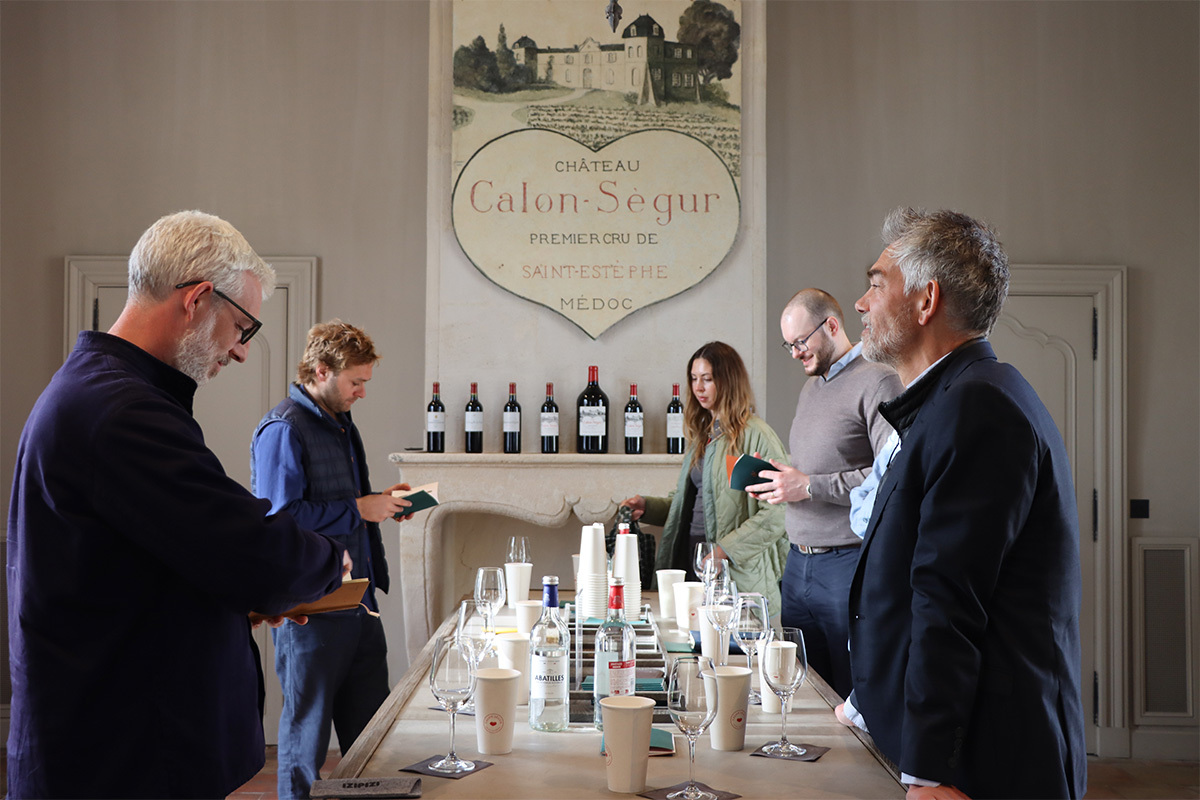En Primeur Releases: 19 - 25 May
23 June 2025


A year of elegant, perfumed wines that should offer great value for drinkers.
The 2024 vintage was shaped by moderate temperatures and wet conditions that brought the Atlantic’s influence over Bordeaux into sharp focus, and stands in marked contrast to the drought and heat of the previous two vintages. The lighter, more fragrant wines of 2024 are something of a refreshing change after the opulent, intensely-fruited releases of 2023 and 2022, and will definitely appeal to those who have enjoyed the slimmer silhouette and lower alcohol of the 2021 vintage.
This season required huge investment from the producers throughout the year: they needed to be in
the vineyard 24/7 to react to the rain and the mildew it brought; once harvest began it needed
to be brought in as quickly as possible; in the winery a meticulous eye for detail and
uncompromising selection was necessary to ensure a successful wine was bottled. Clearly, this
favoured producers with deeper pockets, but nothing was certain and there were surprises – both
positive and negative – wherever we tasted.
Of course, no En Primeur campaign can be understood without first considering the conditions of
the season. The 2024 vintage was shaped by a cool, wet growing season that brought Bordeaux’s
Atlantic climate sharply into focus. It began with the wettest Winter since 2000, and overall
rainfall was 70% above the 10-year average - critically falling during flowering in May and
again at harvest in September.
An early bud break, triggered by mild winter temperatures,
was soon met with frost and mildew pressure - an unusual and stressful combination, especially
during En Primeur week. Flowering was uneven, with coulure and millerandage limiting yields.
Persistent rainfall and disease risk meant vineyard teams were on high alert throughout the
season, demanding extra labour and resources.
Summer brought some relief. Moderate warmth
and cool nights through July and August supported steady ripening and strong aromatic
development. However, the vintage was clearly running late: veraison arrived around 10 days
behind recent years, and harvest stretched into early October for many Cabernet plots.
September rain added further pressure, but cool nights helped prevent widespread rot. Slow sugar and acid evolution required patience, and careful sorting was essential. Yields were reduced, and blending proved technically demanding, but attentive producers have crafted wines that reflect both the challenges and resilience of the vintage.

In a market context, there can be no denying that this year’s En Primeur campaign comes at a challenging time for Bordeaux, being the only one of the blue chip wine regions which has seen, across the difficult last 18 months, price declines through the levels of 5 years ago. Generally recent vintages have been priced at EP too close to market prices of surrounding vintages and a significant proportion of this previous release pricing now looks uncompelling as broader market prices have also declined.
We do though see a clear potential path to a successful En Primeur campaign this year, one which drives significant collector demand and potentially reignites broader buying of Bordeaux as a region. This path requires very substantial discounts to current market pricing of the cheapest recent vintages, such that the wines are in genuinely “must buy” pricing territory – marginal pricing will struggle to achieve engagement from a majority of buyers.
While the vintage was a more challenging one, Bordeaux chateaux have a remarkable ability to make very good wines year-in-year-out now, such that if the pricing is right, then collectors will be able to tuck away compelling wines at compelling prices. Chateaux need to be brave on this front, believing that a successful EP campaign - but at lower short term benefit to them - is important to demand dynamics for the region going forwards. We have heard encouraging noises on this front and hope to see constructive pricing from the outset.